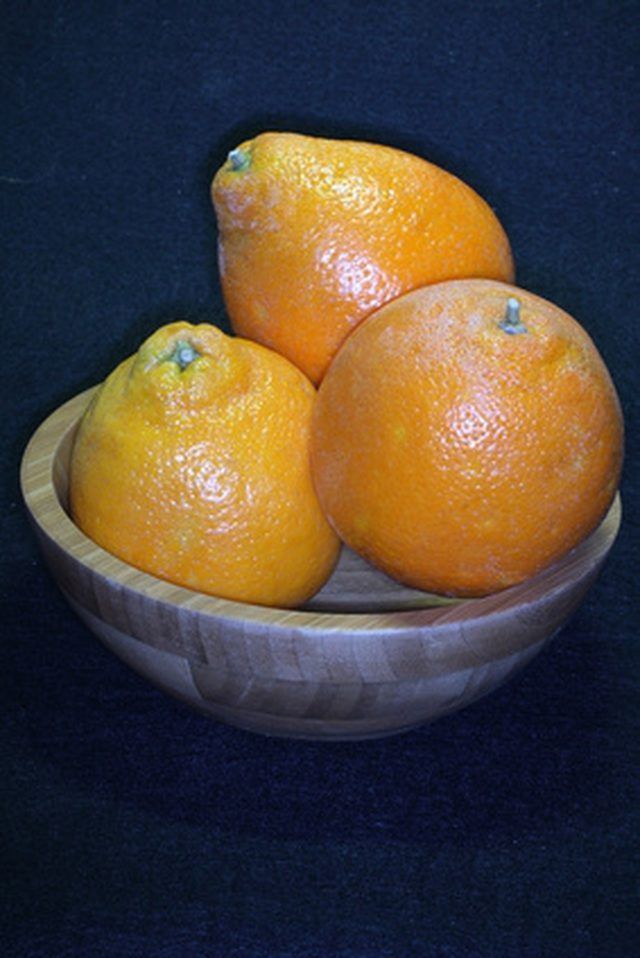Bulbs
Flower Basics
Flower Beds & Specialty Gardens
Flower Garden
Garden Furniture
Garden Gnomes
Garden Seeds
Garden Sheds
Garden Statues
Garden Tools & Supplies
Gardening Basics
Green & Organic
Groundcovers & Vines
Growing Annuals
Growing Basil
Growing Beans
Growing Berries
Growing Blueberries
Growing Cactus
Growing Corn
Growing Cotton
Growing Edibles
Growing Flowers
Growing Garlic
Growing Grapes
Growing Grass
Growing Herbs
Growing Jasmine
Growing Mint
Growing Mushrooms
Orchids
Growing Peanuts
Growing Perennials
Growing Plants
Growing Rosemary
Growing Roses
Growing Strawberries
Growing Sunflowers
Growing Thyme
Growing Tomatoes
Growing Tulips
Growing Vegetables
Herb Basics
Herb Garden
Indoor Growing
Landscaping Basics
Landscaping Patios
Landscaping Plants
Landscaping Shrubs
Landscaping Trees
Landscaping Walks & Pathways
Lawn Basics
Lawn Maintenance
Lawn Mowers
Lawn Ornaments
Lawn Planting
Lawn Tools
Outdoor Growing
Overall Landscape Planning
Pests, Weeds & Problems
Plant Basics
Rock Garden
Rose Garden
Shrubs
Soil
Specialty Gardens
Trees
Vegetable Garden
Yard Maintenance
Cross-Pollination of Citrus Trees
Cross-Pollination of Citrus Trees. Homegrown fruit is convenient and eliminates any excuse to not eat fruit. Having a citrus tree or two is especially helpful, as the fruit is also good for juice and flavoring. However, you won't get any fruit if the trees do not have the proper environment for pollination.

Homegrown fruit is convenient and eliminates any excuse to not eat fruit. Having a citrus tree or two is especially helpful, as the fruit is also good for juice and flavoring. However, you won't get any fruit if the trees do not have the proper environment for pollination.
Procedure
Plants may be self-pollinating or need cross-pollination. Plant blossoms have adjacent stamens and stigma, making pollen transfer almost inevitable as the bee or other pollinating creature moves around the inside of the flower. However, according to the University of Florida, those needing cross-pollination have pollen that produces pollen tubes that are too slow-growing to effectively pollinate the plant. Other pollinators (or pollenizers) with faster-growing pollen tubes need to be nearby.
Hybrids
Most basic citrus, such as oranges and lemons, are self-pollinating. However, tangerines and citrus hybrids such as tangelos often require cross-pollination. Tangerines like satsumas and Murcotts are self-pollinating, but Minneola tangelos are not. To make matters more complicated, the trees need specific pollenizer cultivars--you can't just plant them amid any group of citrus trees and hope for the best. For example, Dancy tangerines are the only pollinators for Clementines.
Location
You can't control bees and where they go, but you can make it simpler for them to find their way to your trees of choice. Pollenizer trees need to be within a specific range to increase the chances of bees visiting both the pollenizer tree and the tree in need of pollen. The University of Florida states that both trees should be no more than three trees away from each other (no more than two trees in between).
Overpollination
Locating too many cross-pollinating citrus trees can have adverse effects on some cultivars. They produce so much fruit that the fruit quality is low, and the tree branches become prone to breaking. This also emphasizes alternate-bearing qualities, meaning every other year will see a lower harvest. According to the University of Florida, these problems can boomerang right back onto the pollenizer trees as well, affecting a good percentage of your orchard.
Species-Specific
Citrus requiring cross-pollination will not cross-pollinate with species of unrelated plants. The Lady Bird Johnson Wildflower Center, when responding to a question about an unknown plant growing between a navel orange tree and a crapemyrtle, exhibiting features of both, noted that cross-pollination requires plants of the same or related species.